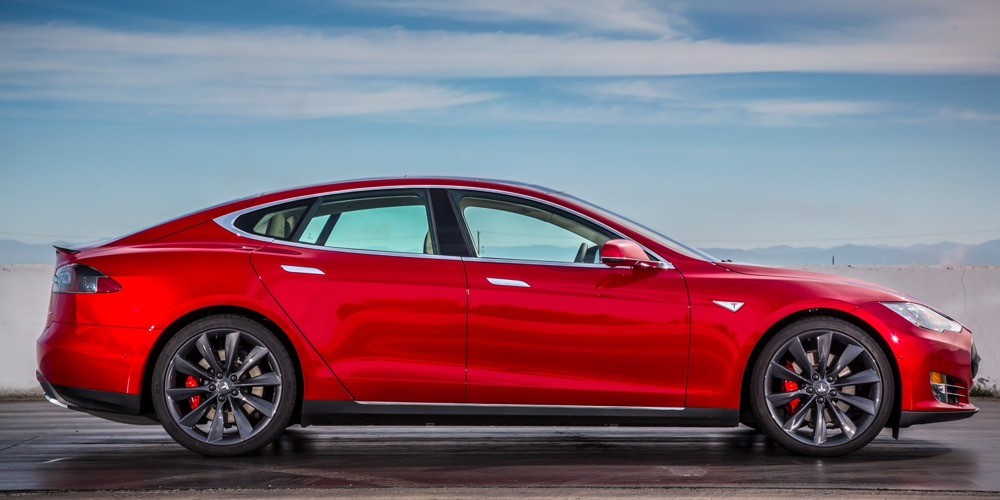How Much Carbon Dioxide Does An Internal combustion, hybrid and electric car emit?

Research from the the Department of Energy shows that a litre of petrol contains 629 grams of carbon. When an internal combustion engine burns through this litre it expels through it’s tail pipe. 2.3 kilograms of CO2 and other harmful pollutants including nitrous oxide. When we also take into account the extraction, transport of oil and refining we are up to 3.2 kg of carbon dioxide.
Australian travelled 255,031 million kilometres last year. If we use the average of 9km/ litre. We see that 0.355kg of carbon dioxide are emitted per kilometre. That’s 90,666,666.7 kg of carbon dioxide per year.
The efficiency of ICE vehicles is improving but electric’s only getting started.
The engineering masterpiece which is the internal combustion engine has been seeing incremental improvements on fuel efficiency. Through the innovation and increased complexity. However, we’re seeing the limits of the technology. A current internal combustion engine makes use of only 27% of the available energy. Energy is lost through the complexity of the moving parts through heat generation and sound.
To reduce the fuel consumption is to buy one with low performance which is not popular amongst Australian drivers as they value highway performance. But if it’s all you need, a small, low performance, petrol powered car can result in less emissions than an electric car such as the Nissan Leaf charging with coal based grid power. What’s clear is all EV’s including Nissan and Tesla are making significant progress on their battery density and range provided per kWh. Current progress shows the Tesla Model 3 will have improved battery density and range per kWh compared to the Model S. infact a 50kWh Model 3 will travel the same distance as a 75kWh Model S. That’s a 33% improvement.
Hybrid Carbon Dioxide Emissions?
Toyota Prius hybrid currently gets 29 kilometres per litre which is a huge reduction in emissions compared to the average motor vehicle. This results in only 30% of standard emissions or 0.11kg of carbon dioxide per kilometre.. If the average Australian drives 14,000 kilometre a year that’s only 1,544 kg of carbon dioxide per year. The Prius has a battery which is charged by regenerative breaking and the motor. It does not connect to grid power.
Carbon Dioxide emissions of an Electric Car?
Let’s use the Gen 2 Nissan Leaf which comes standard with a 40 kWh battery. Normally 5-7 %of the battery is kept as spare to preserve it from damage. The Tesla batteries are anywhere from 70kWh to- 102kWh and allow you to utilise 98.5% discharge depth.
Let’s get into the numbers if the 2018 Nissan Leaf has a range of 240 Km with a useable battery of 38kWh. Therefore every Km is 0.158 kWh of power. A 7 kW Nissan EV Charger will recharge the system generally in under 6 hours.
Battery Charging Losses
According to a study from University of Delaware, measured electricity loses of between 12% to 36%,. The loss comes from predominantly from the conversion of AC to DC power for the motor. The efficiency performance is lower with a low state-of-charge lowest and slow power transfer ie when using a portable granny charger. When using a level 2 wall charger losses decrease to 12%. As this is the Australian recommended form of recharging an electric car we will use this in our calculations.
The Nissan Leaf’s utilises 0.18 kWh / km of electricity. In NSW we produce 820kg for every 1000kWh. Or 0.82kg / kWh. Using the leaf as an example. If we travel 14,000 km year this results in 2066 kg of carbon dioxide emissions. The comparable petrol based vehicle emits 4970kg of carbon dioxide. However the Prius hybrid has an even lower emission.
It is worth noting that Australia generates a high amount of electricity from coal. However our generation from coal is decreasing rapidly as we are finding more renewables entering the grid. For instance in Tasmania only 0.2kg of carbon dioxide per kW is produced. In this case the Nissan Leaf is significantly superior to the Prius as it’s emissions go down to only 500kg!
We need more renewable wholesale electric to support clean electric cars. This is where some detractors have valid points when they argue that electric cars are shifting the problem. What Tasmania and other nations show is when electric cars are implemented on clean electricity markets they are significantly better. In fact the Nissan leaf produces 10% of the emissions of the equivalent petrol car when driven in Tasmania.
Tesla Model S Emissions
Let’s quickly compare the Tesla Model S emissions which show 0.18kg / kWh of carbon dioxide emissions or only 11% more energy. When compared to the equivalent supercar ie a Porsche or Ferrari results in a saving of 70% carbon dioxide emissions. Remember internal combustion engines get less efficient with performance. Again when driven in Tasmania this would result in a 9x reduction in carbon dioxide emissions. An 11 kW Tesla EV Charger will recharge the system generally in under 8 hours
So what we currently see is both Hybrid and electric cars have significant advantages in carbon dioxide emissions. Furthermore when using electric vehicles with power from clean renewable energy they are superior with a significant reduction in carbon dioxide. We need more electric cars and more clean energy generated to support the shift from oil.





